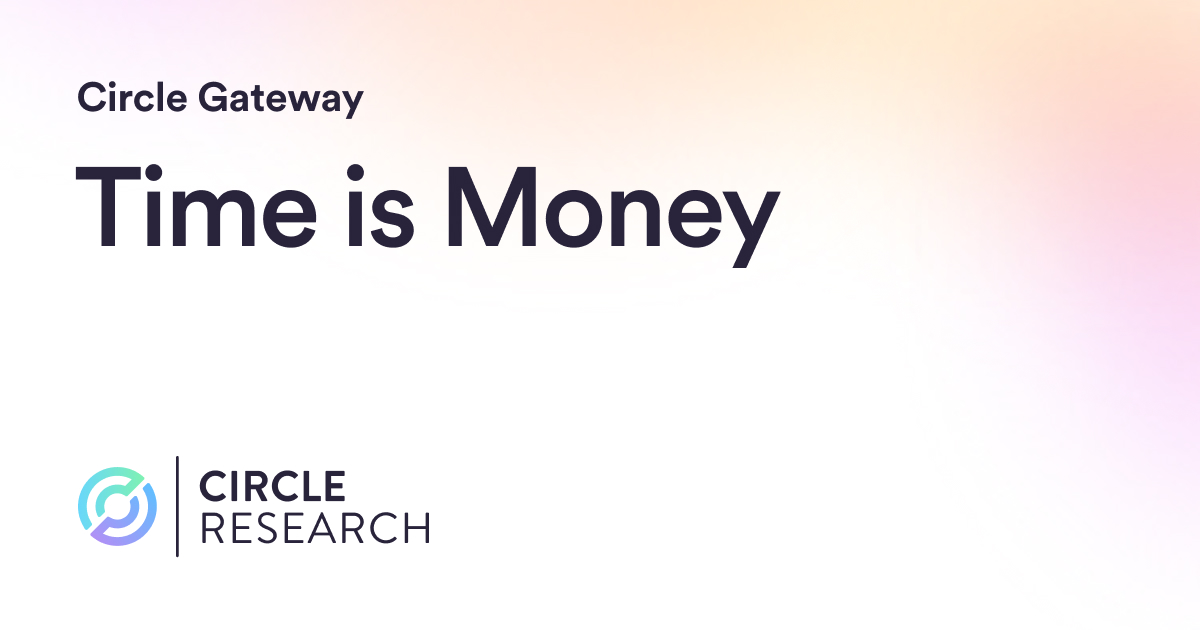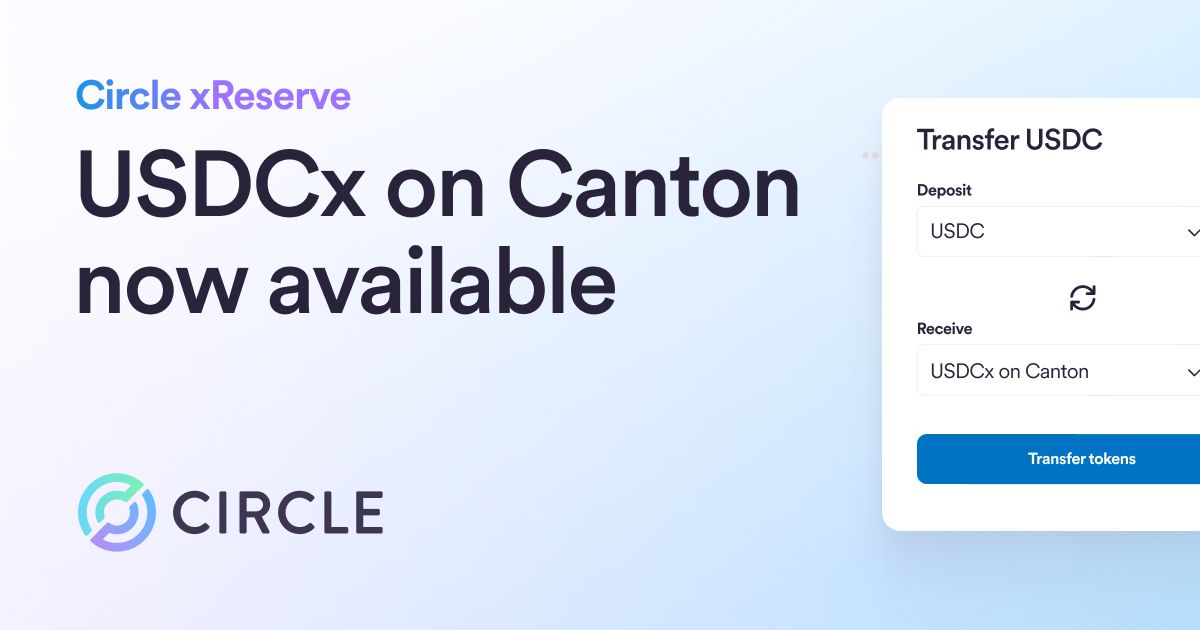Discover Circle xReserve, the innovative interoperability infrastructure that enables blockchain teams to deploy USDC-backed stablecoins seamlessly. Learn how xReserve minimizes trust assumptions, enhances liquidity across chains, and simplifies user experience, while paving the way for a multichain future. Join us as we partner with leading blockchains like Canton to transform stablecoin infrastructure!

We’re excited to introduce Circle xReserve, a new interoperability infrastructure that enables blockchain teams to deploy USDC-backed stablecoins that are fully interoperable with USDC1.
Powered by xReserve attestation service, xReserve enables developers and users to seamlessly transfer value between USDC-backed stablecoins and USDC across supported blockchains, without relying on third‑party bridging services.
From fragmented to unified
Traditional bridged USDC has helped bootstrap new ecosystems but remains incompatible with native USDC. Without interoperability between the two, liquidity remains siloed across blockchains, creating inefficiencies and confusion for users who must navigate multiple “forms” and “paths” for each transfer.
This fragmentation not only reduces available liquidity per chain but also compounds trust assumptions, as each bridge has its own security model, ultimately complicating risk and slowing adoption for developers and users.
xReserve solves this by enabling blockchain teams to deploy their own USDC-backed stablecoins that interoperate with USDC through Circle CCTP and Circle Gateway. This creates unified liquidity across supported networks, minimizes trust assumptions, and delivers a simpler, more consistent user experience.
Key benefits
xReserve provides blockchain teams with a secure foundation to expand their ecosystem with their own interoperable, USDC-backed stablecoin.
- Trusted and transparent: xReserve is a Circle-deployed smart contract that holds USDC to back stablecoins on participating blockchains.
- Fully interoperable: Enables 1:1 transfers between USDC-backed stablecoins and USDC across supported chains for seamless UX and unified liquidity.
- Trust minimized: Crosschain transfers are verified by xReserve attestations, reducing reliance on third-party bridges.
- Future extensibility: xReserve is designed to support additional digital assets beyond USDC, including EURC.
How it works
Designed with security and transparency at its core, xReserve generates attestations for key events:
Deposit-and-mint
- A user deposits USDC into xReserve on Ethereum.
- The xReserve API verifies the deposit and signs an attestation.
- The partner blockchain team uses the attestation to mint USDC-backed tokens for the user on its network.
Burn-and-mint
- A user initiates a crosschain transfer from the partner blockchain to a destination blockchain.
- The user submits a burn request for their USDC-backed tokens on the partner blockchain. The blockchain team processes it and submits a withdrawal request to xReserve for the destination blockchain. The xReserve API verifies the burn and signs an attestation.
- The destination blockchain team (or any third-party in the case of receiving USDC via CCTP or Gateway) uses the attestation to mint USDC or USDC-backed tokens for the user on its network. Minting can also be automatically triggered with a forwarding service (coming soon).
What’s next
Circle is excited to partner with Canton and Stacks, two leading blockchains integrating with xReserve in the coming weeks. Each is introducing a USDC-backed stablecoin to support distinct use cases within their ecosystems, reflecting the growing demand for secure, scalable, and interoperable stablecoin infrastructure.
Stay tuned as these integrations go live and as more blockchains join the interconnected multichain ecosystem through xReserve.
Learn More
The future is multichain, and interoperability is a cornerstone of mass adoption. Interested in exploring xReserve? Visit our documentation to learn more.
1. USDC is issued by regulated affiliates of Circle. A list of Circle’s regulatory authorizations can be found here.




